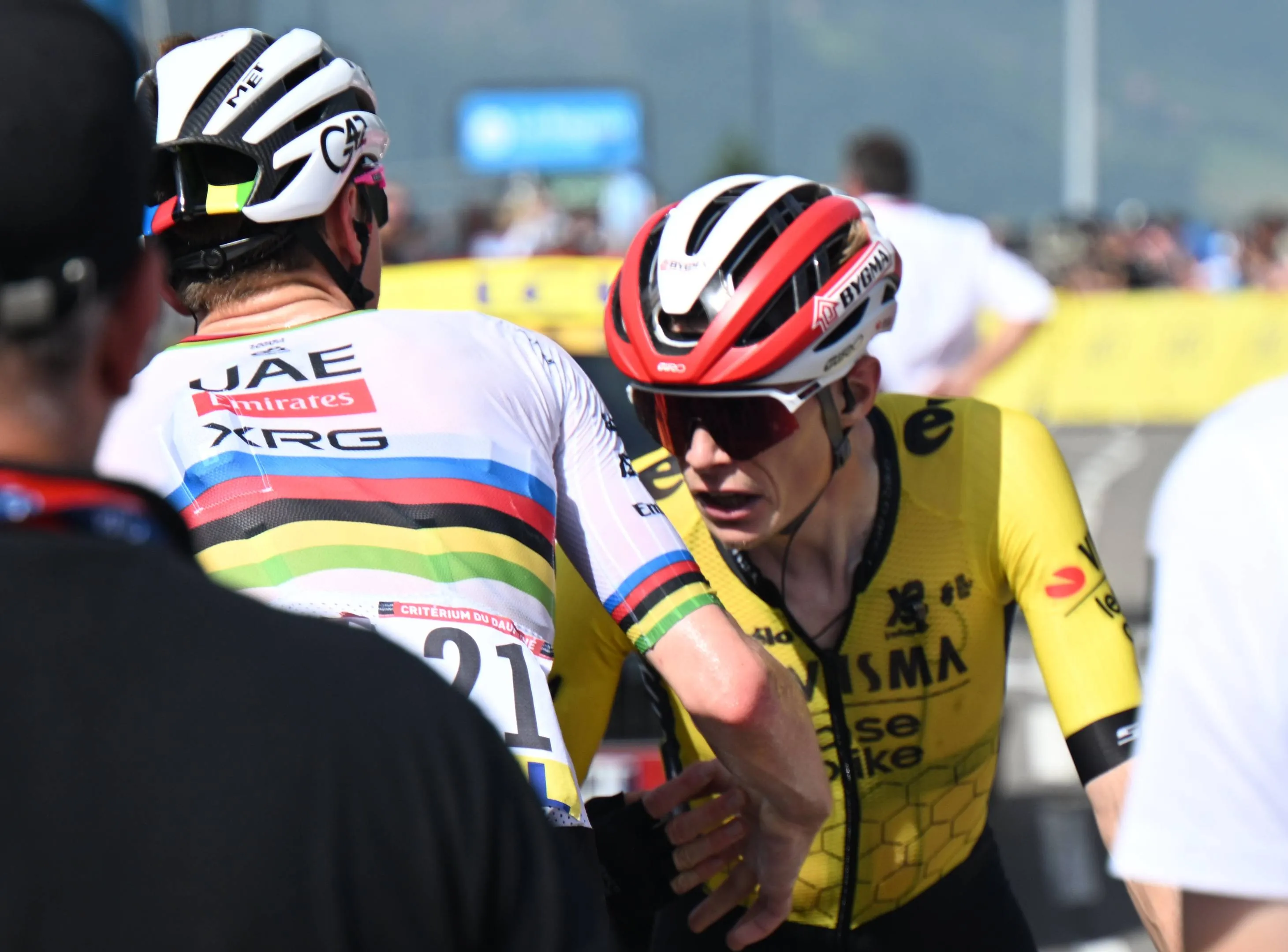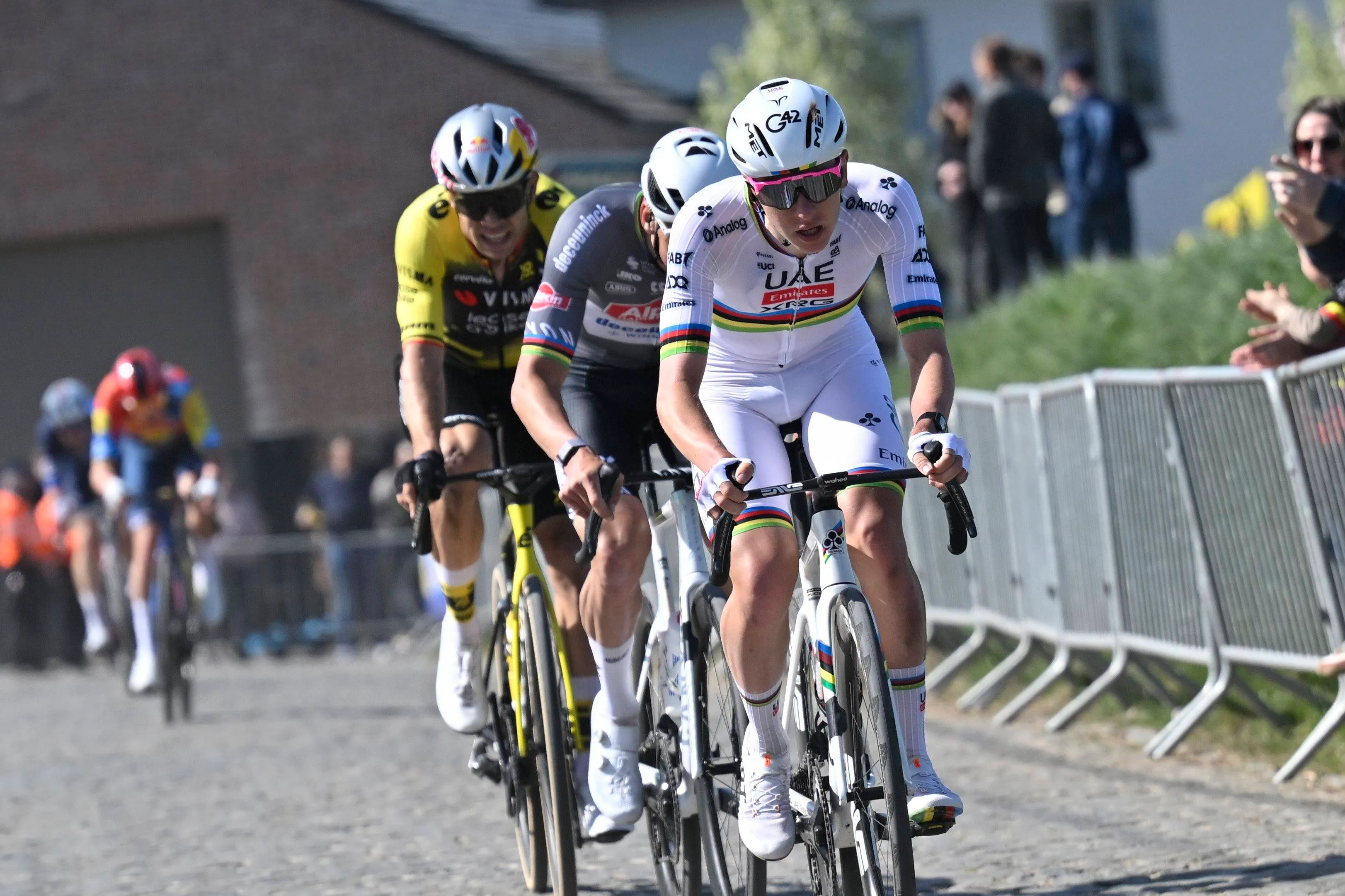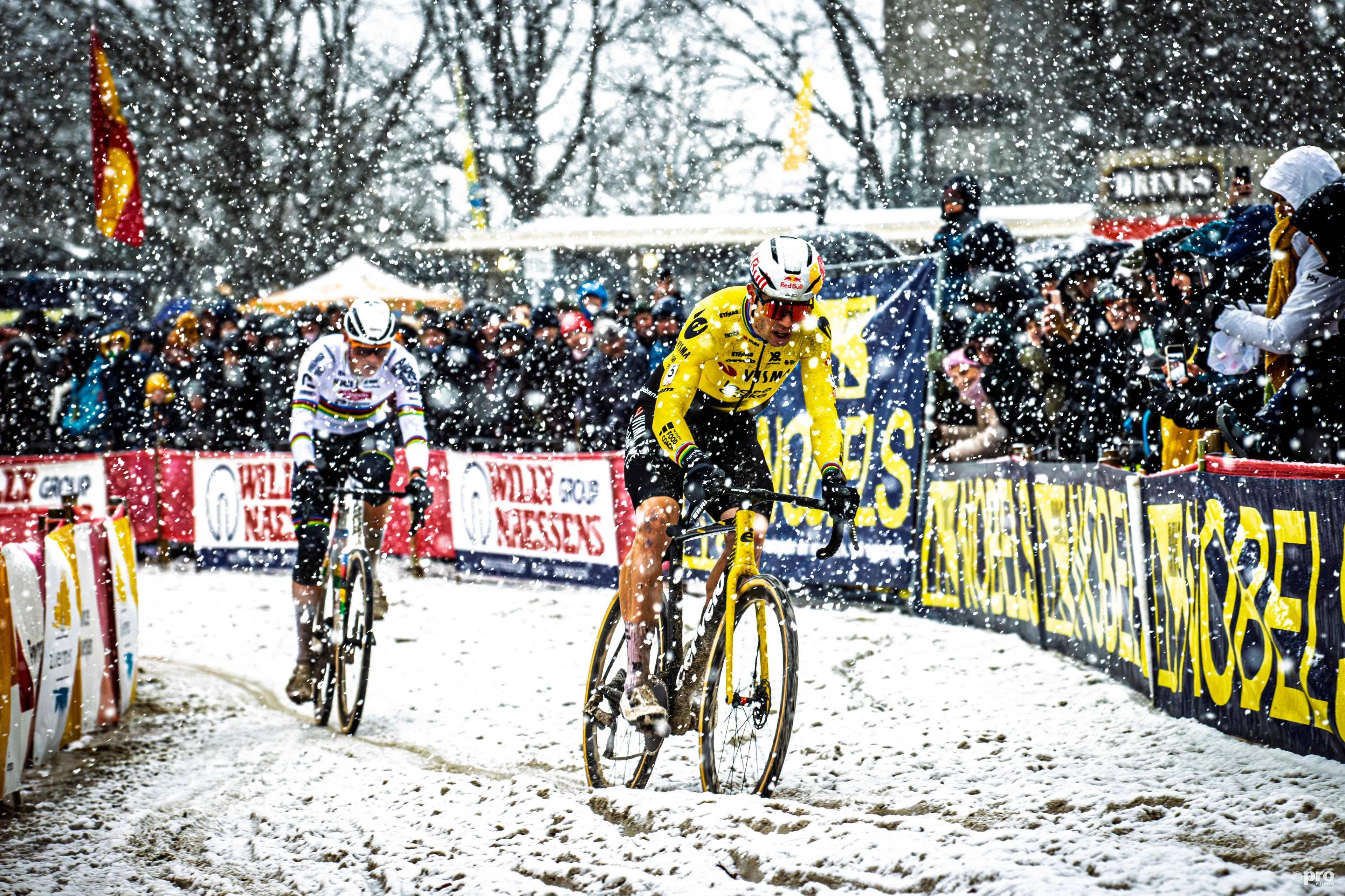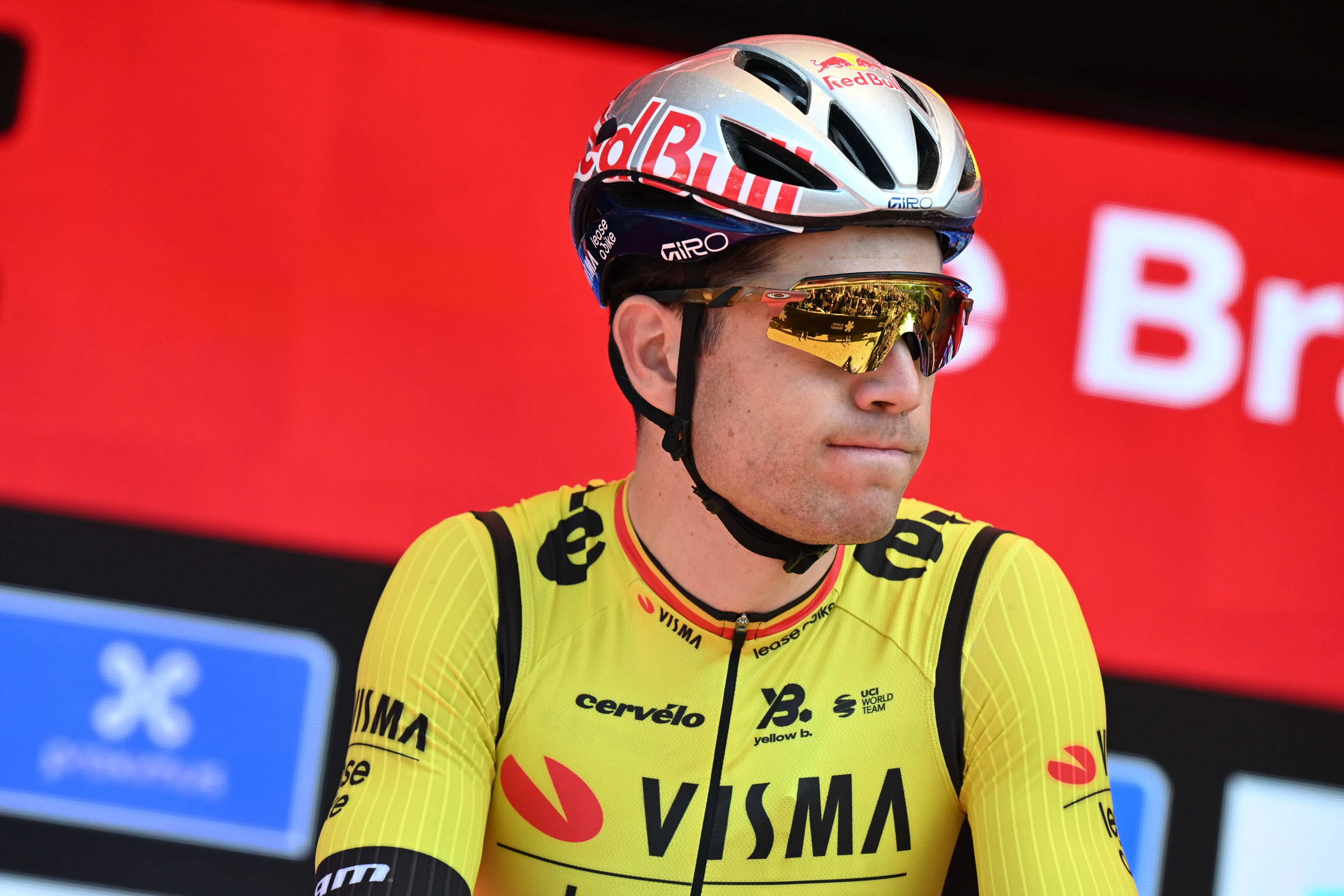Countdown to the Tour de France: 4 days | The origin of the yellow jersey
CyclingTuesday, 01 July 2025 at 21:30

In today’s Tour de France countdown article, we turn back
the clock over a century to witness the birth of the race’s most iconic symbol:
the yellow jersey. It’s hard to imagine the Tour without the flash of bright
yellow at the head of the peloton, marking the overall leader.
Yet for the first decade and a half of the Tour de France,
there was no yellow jersey at all, in the early years, the race leader simply
wore a green armband, which often went unnoticed in the bunch. How, then, did
this now-famous jersey come into being? Let’s dive into the historical
storytelling of when and why the yellow jersey was first introduced, why the
colour yellow was chosen, and who the first riders were to wear it.
Read also
The need for a leader’s jersey
The Tour de France of 1919 was unlike any before it. It was
the first Tour after World War I, and the nation was rebuilding. Basic supplies,
even fabric dyes, were scarce, so almost all riders wore drab grey jerseys
provided by a consortium of bicycle makers known as “La Sportive.”
With no team colours (and many riders effectively racing as
individuals), all the riders in the peloton ultimately looked very similar.
Spectators and officials struggled to tell who was leading the race on any
given day.
But how could the organisers make the race leader stand out?
Read also
Why yellow?
Once the decision was made to create a distinctive leader’s
jersey, the next question was the colour. Why yellow? The commonly told story
is that it was chosen in homage to the race’s founding newspaper, L’Auto, which
was printed on conspicuous yellow newsprint.
Just as the Giro d’Italia would later put its leader in a
pink jersey to match La Gazzetta’s pink pages, Desgrange opted for his Tour
leader to wear the same shade as L’Auto. There’s also an oft-cited practical
reason: supposedly yellow dye was one of the few colours readily available in
1919 on short notice.
Read also
Either way, by mid-July 1919 a batch of bright canary-yellow
wool jerseys had been prepared for the Tour’s frontrunner. (Interestingly,
years later former champion Philippe Thys claimed that Desgrange had actually
offered him a yellow jersey when he led the Tour in 1913, Thys said he
declined, fearing the attention would spur his rivals to attack him.
1919
The honour of wearing the very first yellow jersey fell to Eugène
Christophe, on July 19th in a stage that took the riders to Geneva.
Christophe had taken the overall lead after Stage 10 of the 1919 Tour, as the
race entered Grenoble in the Alps. On the morning of July 19, 1919, before the
riders set off from Grenoble on the next stage to Geneva, Desgrange presented
Christophe with a freshly dyed yellow leader’s jersey. There was no grand
podium ceremony, the jersey was handed over rather matter-of-factly in the
early hours with very little fuss.
As Christophe rolled out wearing the first maillot jaune,
the significance of this moment was not yet fully understood, to the riders or
the public. In fact, Christophe initially wasn’t entirely pleased with his new
attire.
Read also
The reactions from roadside spectators caught him off guard.
Accustomed to seeing riders in neutral colours, the crowd let out laughs and
started calling out that Christophe looked like a canary in a coal mine.
The crusty Frenchman wasn’t sure if this new jersey was an
honour or a nuisance. But regardless of his personal feelings, Christophe was
now a rolling symbol of the race lead, everyone knew who the top rider was, and
newspaper headlines the next day heralded the debut of “le maillot jaune.”
For a few days, the experiment seemed to be a rousing
success. Christophe proudly defended the yellow jersey through the Alps, and
fans began to warm to the visual cue of seeing the Tour de France’s leader in
yellow. By the time the race reached its penultimate stage, starting from Metz
on 25 July 1919, Christophe had worn the yellow jersey for a week and was just
two days away from victory.
Read also
But fate had other plans. On that Stage 14, a long, hot ride
toward Dunkirk, Christophe was cursed with bad luck. While riding over a rough
cobbled stretch near Valenciennes, his front fork snapped, and in an era with
no team cars or quick bike changes, the unlucky leader had to find a blacksmith
and repair the bike himself, losing well over two hours in the process and
dropping to third.
Christophe’s troubles didn’t end there, he would suffer a
crash and multiple punctured tires as the race went on. His substantial lead
evaporated on that second-to-last day, and Belgian rider Firmin Lambot seized
the opportunity. Lambot rode into the lead and into Paris as the 1919 Tour’s
champion.
Incredibly, L’Auto showed such compassion for Christophe and
his misfortunes, that they offered him the same winning bonus that they offered
Lambot! So, all was in fact not lost for Christophe despite his bad luck.
Read also
A new tradition
From that inaugural outing in 1919, the yellow jersey
quickly became entrenched in Tour lore. And today, the yellow jersey is the
most iconic garment in cycling, recognizable well beyond the sport itself.
To “wear yellow” is to join a lineage of champions and to
carry the weight of sporting history on your shoulders. And it all traces back
to that summer of 1919, a war weary France, a savvy race director, and a
determined cyclist named Eugène Christophe who unwittingly kicked off a
tradition that has now spanned over a century.
Since then many legends have worn the jersey. What makes the
yellow jersey so special, is it’s not necessarily just about winning it that
matters, but having the opportunity to wear it even for just one day. Think of
the likes of Richard Carapaz, Romain Bardet, Mathieu van der Poel and Mark
Cavendish, who have worn the yellow jersey with little to no chance of winning
the race overall. But quite frankly, it would not have mattered to them one
bit.
Read also
claps 1visitors 1
Just in
Popular news
Latest comments
- Fact check false: I've crashed indoors before.acem8207-01-2026
- I'm wondering if he's quitting because Visma wouldn't make him their #1 at this year's Giro, which he believed suited him well. As defending champ he deserved his team's backing. After all, he's done a lot for Vingo.velodan07-01-2026
- If they keep sending Paul magnier to smaller races I expect he will bring in another heap of winsmobk07-01-2026
- Have a happy retirement, Simon. Not expecting this ...but well, you're leaving at the pinnacle of your careermhfrvz07-01-2026
- Talented, elegant rider. Enjoy your life, Simon! all the best.
 maria2024202407-01-2026
maria2024202407-01-2026 - Always came across as a great human being, his interviews typically had him with this private smile, friendly but also amused at the whole situation, and his ability as a rider let us see him pretty often in those interviews. Two grand tours, a spectacular letdown in a third, and solid riding throughout his career. I've enjoyed watching him throughout his career, and wish him the best with what comes next. Also, what, only one Yates in the peloton? How can that be?!RidesHills07-01-2026
- The oldest racket on Earth (in buisness) is convincing you that your cycling life( fill in a thousand other things) will approach pro level if you you buy their 15 pound titanium carbon rocket ship.The amount of fat ass 50 and 60 somethings riding these things is exactly the same as the old fart in a Ferrari trying to stave off father time with wads of cash.Good for Gaimon speaking about this weenie weight psychosis deliberately foistered on the consumer. Good for State as well.
 Brucegel07-01-2026
Brucegel07-01-2026 - Congratulations to Simon on a fantastic career, and respect to him for choosing this time to retire.
 santiagobenites07-01-2026
santiagobenites07-01-2026 - Out of the blue came this..
 leedorney07-01-2026
leedorney07-01-2026 - Quite unfair to say this..
 leedorney07-01-2026
leedorney07-01-2026
Loading
Write a comment















